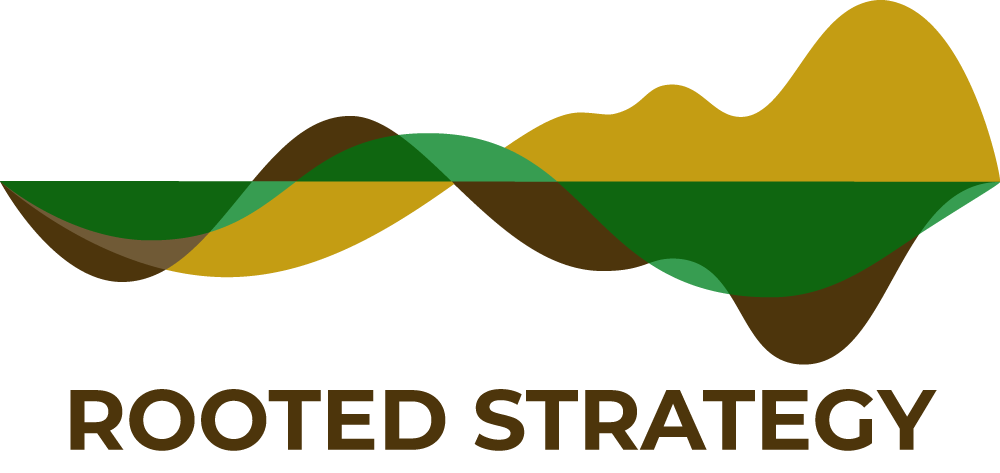To Meet or Not To Meet?
Across the many roles and organizations I’ve been a part of, I started to notice a pattern: I dread meetings. It’s not because I don’t enjoy spending time with my co-workers. Generally speaking, I’m a people person and enjoy working in a collaborative environment.
So why the “Ugh” around meetings and the “Yay!” when they’re canceled?
I can’t count how many meetings I’ve been to where most of the meeting is spent figuring out what the meeting is supposed to be about. And by the time you agree on why you’re meeting, the meeting time is over and you have to schedule another one to talk about what you should’ve talked about at THIS meeting. By the time THAT meeting rolls around, you’re back at square one.
Can anyone else relate to this scenario?
How can we interrupt this dreaded cycle?!
Let’s start with some questions to gauge if you’re an “Ugh” or a “Yay” when it comes to meetings.
If your answer to 3 or more of these questions is Sometimes, Rarely or Never, you’re probably an “Ugh” person when it comes to meetings. If your answers were Always or Often, you may be a “Yay!” person, but keep reading anyway!
About a year and a half ago, I realized that my time is my greatest asset and started becoming a lot more protective of HOW I spend my time. This required me to identify some key criteria for whether and when I would say yes to meetings, both from a facilitator’s perspective and a meeting attendee perspective. Each role requires different preparation and levels of engagement.
Once I realized how important those roles and responsibilities are, I started to have a different attitude about meetings. The Rooted Strategy team has put together a quick “Guide to Effective Meetings” so that (hopefully!) you don’t have to endure as many boring, purposeless meetings.
These meeting practices have done a few key things for me.
For one, I don’t enter meetings feeling frustrated or anxious. I recognize what I can control as a facilitator or attendee and act on those things before the meeting.
Also, I know my role in the meeting and feel empowered to participate and contribute in a way that best serves the group.
Finally, I leave more meetings with a clear understanding of how we will move forward instead of wondering, “What was the point of that?”. Believe it or not, I am now a “Yay!” person when it comes to meetings. I look forward to the opportunity to learn, collaborate, and make progress with the teams I interact with.
If you want to know what it feels like to move from “Ugh” to “Yay!”, I suggest you test the practices in the guide below.
There is one more consideration for effective meetings. TRUST. If you’re a part of a team or group that doesn’t trust each other, it doesn’t matter whether you know the purpose or if everyone is coming prepared. Buy-in and collective results are not possible if trust is not present. If this is a pain point for your team, reach out to Rooted Strategy and let us know if we can help!

